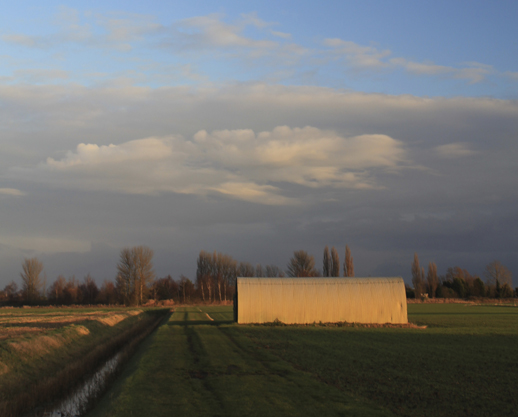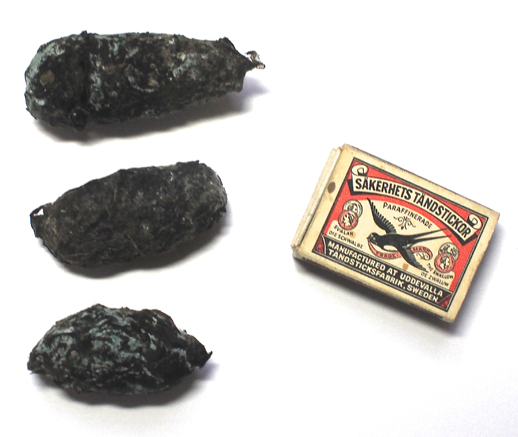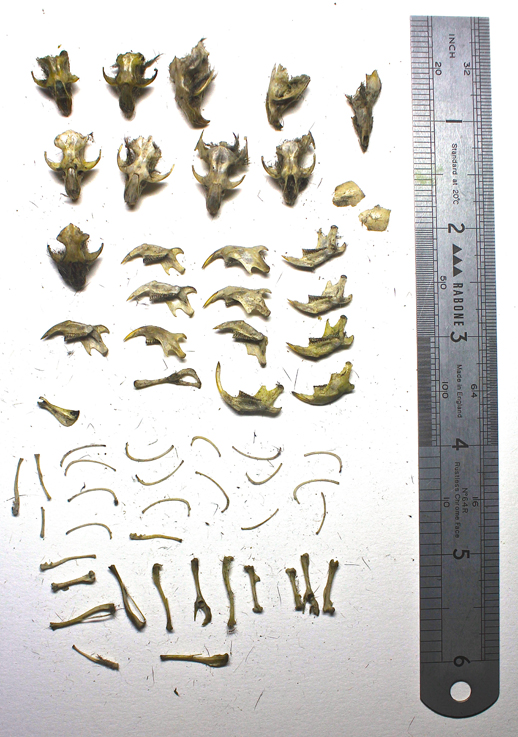Owls in a Nissen Hut
On most mornings we take one of our favourite walking routes with the terriers, part of which goes along a half-mile straight path, beside a dyke that, in turn, takes us past an old orchard and a Nissen hut. One of the fields that the dyke drains is huge, roughly 22 acres and because of this the walk has no shelter, except when we reach the cover of the Nissen hut and the orchard. When the wind is behind us going we really get wind-blown and blasted on the return journey. There are stands of poplars nearby that become the winter holiday home of the Fieldfares and Starlings. Hundreds roost there on calm nights and after dark you can hear their spooky avian mutterings. When the strong winds arrive the birds move to roost in the orchard where there is more shelter but they are closer to the ground and predators.
During the twilight a couple of weeks ago the terriers and I were startled as we approached the hut. A white shape drifted out of the interior and floated soundlessly past us almost within touching distance. It would appear that a Barn Owl has taken up residence in the World War Two vintage hut that is used as a store. Strangely he or she is sharing this palatial residence with a pair of Little Owls that have made their home inside the double skin of the curved corrugated roof.
The evidence of occupation by the Barn Owl is on the floor, in the form of owl pellets showing the steady diet of the small rodents that abound in the fields, dyke edges and orchards. Three amateurishly dissected pellets revealed eleven skulls, twelve ‘half jawbones’ and hundreds of small bones from legs and rib cages; no doubt a more practiced hand would be able to separate a multitude more from the fur and skin that forms the pellets.
I’ve been collecting the owl pellets for our grandson’s science class to dissect; the Barn Owl’s pellets are made up of bones, fur and skins and the Little Owl’s pellets are comprised of beetle wing cases, exoskeletons and legs.
The hut itself is a favourite stop and watch point on the walks. It gives respite from rain or wind and provides, from the North facing door opening, a comfortable vantage point for observation. Leaning just inside the doorway we have been fortunate enough to have watched herons fishing for eels, frogs and toads, kingfishers catching sticklebacks, water voles and foxes as well as muntjack deer, hares and rabbits and a huge variety of other birds. In the warmer weather during Spring, Summer and Autumn we marvel at the aerobatics of the bats as they hunt for insects in the airspace above the water filled dyke and reeds.
Trying to photograph the owls is proving very, very difficult and despite long cold waits in the afternoons, evenings and mornings I have yet to manage a photograph of these wonderful birds. I see the Barn Owl when I’m out with the dogs and it has glided silently past almost without a sound and then it has gone, disappearing into the gloom of twilight as swiftly as it appeared.
This is photography getting more frustrating than the Pike fishing.


